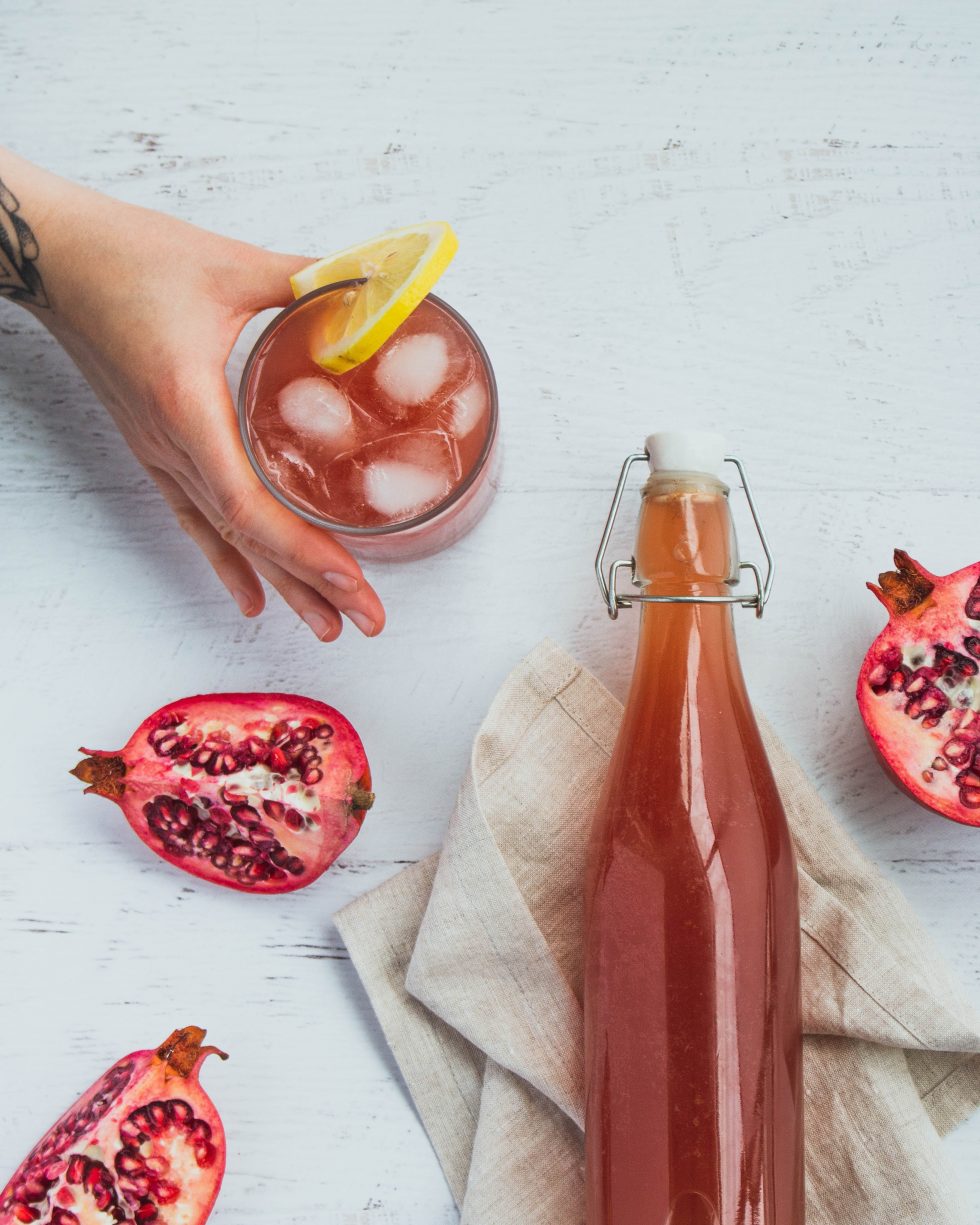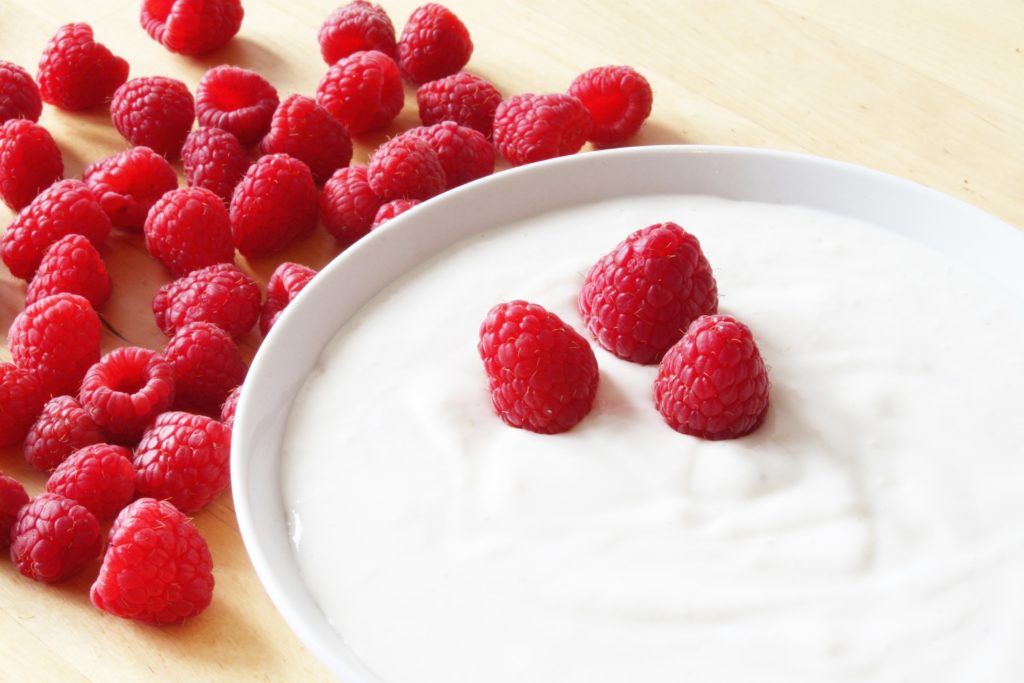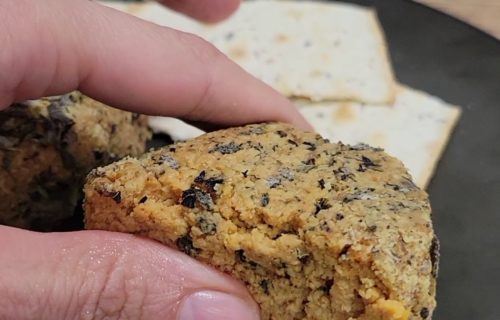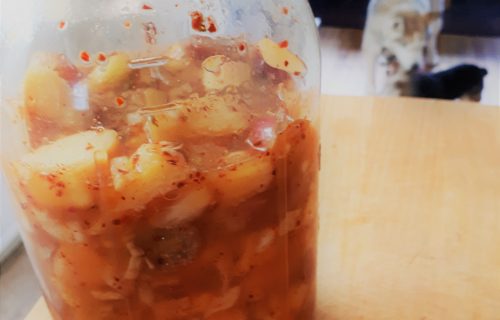
How to Introduce Fermented Foods into Your Diet
New to fermented food? Thinking of integrating fermented foods into your diet? Congratulations! You are making a great choice for your health. But before you eat that entire jar of sauerkraut, check out these tips!
Key Points when Introducing Fermented Foods
- Start small. Consume only a small amount, about 1-2 Tbsp, to start. This is especially true for ferments like sauerkraut, kimchi, curtido, and milk kefir. If you consume too much too soon, the results might be, um, explosive!
- Start with a fermented drink like kombucha or water kefir if you have digestive issues. You can also try store-bought yogurt. The probiotics in it tend to be less reactive and found in smaller amounts.
- Go slow. Start with one serving per day for a couple of days. If everything goes well, add another small serving of another type of fermented food.
- Aim for three servings per day.
What’s a serving?- At least ¼ cup of fermented veggies
- ½-1 cup of milk kefir or yogurt
- 2-4 oz of a fermented drink
- 2 Tbsp of fermented salsa, hummus or chutney
- Not all fermented foods contain probiotics. Beer, chocolate, vinegar, wine, sourdough bread, and coffee do not contain beneficial bacteria. However, they have other benefits!
- Home-made is best. Many store-bought fermented are treated with heat or some other process, which renders the probiotics inactive. Commercial probiotics are added back in, but these are not always the same strains that give you the benefits that are reported!
What to Expect When Introducing Fermented Foods
- A bit of a tummy ache. Your residential gut bacteria are getting used to the new visitors. This can result in some unglamorous side effects such as gas and even a bit of diarrhea. If you have a lot of bad bacteria in your gut, the effects will be even greater. Scale back a bit until things normalize and increase slowly.
- It is possible that some fermented foods will not agree with you for a long time…or ever. It took me YEARS for me to digest tempeh without issue. Eat the ferments that agree with you, and keep occasionally trying the ones that don’t…just make sure you don’t have any big activities planned the next day! As your microbiome shifts, you should be able to consume more foods without trouble.
- Be aware of a histamine overload reaction. Some fermented foods contain histamine. Our body’s enzymes naturally digest it, however, some people don’t produce enough of these enzymes. This can cause a range of histamine intolerance symptoms. If you suspect histamine intolerance, you’ll want to work with a nutritionist.
- SIBO, also known as Small Intestinal Bacterial Overgrowth, is type of dysbiosis. Fermented foods and probiotics can cause major digestive issues for some with this disorder. If you have SIBO, it is important to experiment to see what ferments work and don’t. Again, it is best to work with a qualified health practitioner to help you sort this out.

Can I Eat Too Much Fermented Food?
Too much of anything is a bad thing. If your digestive system can handle it, there is no harm in consuming a lot of fermented foods. Just remember to consume a variety of other foods like vegetables, grains, and legumes which provide prebiotic fibre for all those beneficial bacteria in that fermented foods.
Suggested Fermented Food Schedule (choose one for each meal)
Breakfast
- Smoothie or smoothie bowl with yogurt or milk kefir, vegans can do a plant-based yogurt
- Yogurt or milk kefir mixed with cereal
- Kimchi or fermented salsa with your eggs
- Fermented oatmeal or other grain
Lunch
- Fermented drink like kombucha, water kefir, jun, ginger beer, whey soda, kvass.
- Fermented condiments like fermented ketchup, mayonnaise, mustard, salsa.
- Sourdough bread with fermented hummus.
- Lacto-fermented veggies like fermented carrots sticks, dill pickles (can add these to a sandwich)
- Homemade salad dressing made with yogurt or milk kefir and/or miso
- Sauerkraut added to potato salad
Dinner
- A side of sauerkraut, kimchi, curtido, or other fermented veggies
- Topping to a burger, sandwich, burrito, or taco
- Kimchi, sauerkraut, or miso added to cooled soup (heat destroys the probiotics).
- Kimchi added to a rice bowl
- Kimchi grilled-cheese sandwich
- Fermented chutneys
Snacks (optional)
- Fermented dip made with yogurt, sour cream or milk kefir
- Kombucha gummies
- Yogurt or milk kefir ice-pops
Fermented foods benefit the body in so many ways. We just have to be a bit careful about how we go about it! I hope these ideas help get you going. Please don’t hesitate to contact me if you have any questions.



